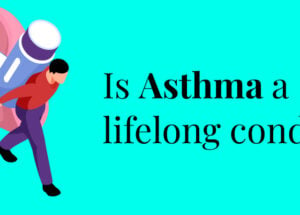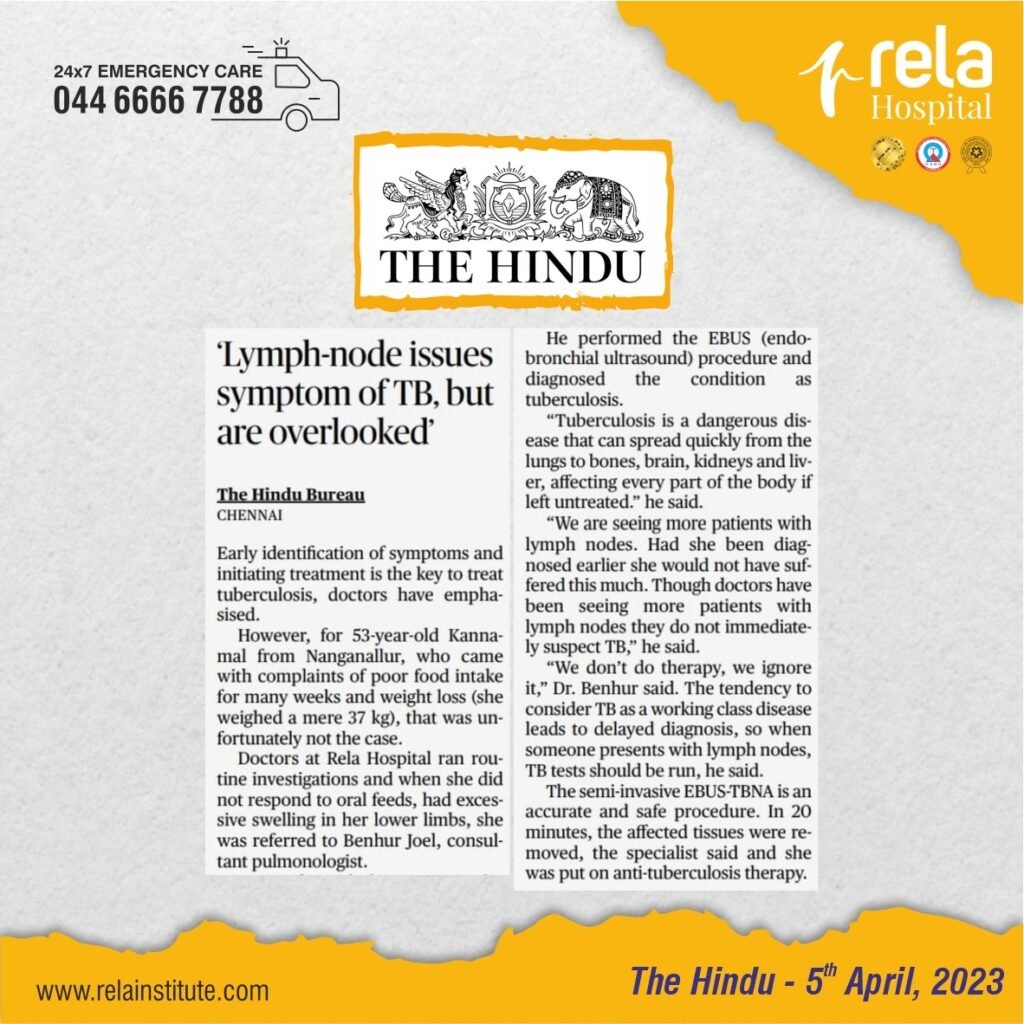Byssinosis: Causes, Symptoms and Diagnosis
Byssinosis, also known as brown lung disease or textile worker’s lung, is an occupational lung disease caused by long-term exposure to certain dust particles found in certain workplaces, such as textile mills, cotton processing plants, and factories involved in the production of hemp, flax, or jute. This condition primarily affects workers involved in the processing of raw cotton fibres.
Symptoms
The symptoms of Byssinosis may vary in severity and can include:
- Chest tightness or wheezing
- Shortness of breath
- Coughing, especially upon exposure to dust or irritants
- Chest discomfort or pain
- Fatigue or weakness
- Decreased lung function
Causes and Risk Factors
The primary cause of Byssinosis is the inhalation of cotton, hemp, flax, or jute dust that contains endotoxins and other contaminants. These dust particles can irritate and inflame the airways, leading to the development of Byssinosis over time. Factors that increase the risk of developing Byssinosis include:
- Working in industries where exposure to textile dust is prevalent.
- Long-term exposure to textile dust without adequate protection.
- Genetic predisposition or individual susceptibility.
Diagnosis
Diagnosing Byssinosis involves a combination of medical history, physical examination, and pulmonary function tests. The following diagnostic approaches are commonly used:
- Medical history and symptom evaluation: The healthcare professional will inquire about the patient’s work history, exposure to textile dust, and symptoms experienced.
- Physical examination: The healthcare professional may listen to the patient’s lungs using a stethoscope to detect abnormal breath sounds or wheezing.
- Pulmonary function tests (PFTs): These tests measure lung capacity and airflow. The most common PFT for diagnosing Byssinosis is called spirometry, which evaluates the volume and speed of air exhaled.
- Workplace evaluation: Assessing the workplace environment, including dust levels and ventilation systems, can provide additional evidence for diagnosing Byssinosis.
Treatments
The primary treatment for Byssinosis involves managing symptoms and preventing further exposure to textile dust. The following treatment options are typically recommended:
- Occupational safety measures: Employers should implement dust control measures, such as improved ventilation, dust suppression techniques, and personal protective equipment, to prevent further cases of Byssinosis among workers.
Prevention
Prevention plays a crucial role in reducing the risk of developing Byssinosis. The following preventive measures are recommended:
- Occupational safety protocols: Employers should implement comprehensive occupational safety protocols, including proper ventilation, dust control measures, and employee training on safely handling textile dust.
- Personal protective equipment: Workers should be provided with appropriate respiratory protective devices, such as masks or respirators, to minimise exposure to textile dust.
- Regular health check-ups: Regular medical evaluations are essential for workers exposed to textile dust to detect any early signs of lung disease and take appropriate preventive measures.
Who to consult for Byssinosis?
For the diagnosis, management, and treatment of Byssinosis, it is recommended to consult with healthcare professionals who specialize in respiratory diseases. The following healthcare providers can be consulted:
- Pulmonologist: A pulmonologist is a medical doctor who specializes in diagnosing and treating diseases of the respiratory system. They have expertise in evaluating lung function, interpreting pulmonary function tests, and providing appropriate treatment for respiratory conditions like Byssinosis.
- Occupational medicine specialist: An occupational medicine specialist focuses on the prevention, diagnosis, and management of occupational diseases and injuries. They can assess workplace exposures, provide guidance on preventive measures, and offer recommendations for managing Byssinosis in an occupational setting.
- Allergist/Immunologist: Allergists/Immunologists specialise in the diagnosis and treatment of allergies and immune system disorders. They can help identify specific allergic reactions related to Byssinosis and provide appropriate allergy management strategies.
It is essential to consult with a healthcare professional experienced in occupational lung diseases to ensure accurate diagnosis, proper management, and preventive measures. They can provide personalized advice based on individual circumstances and guide patients on how to minimize further exposure to textile dust or other occupational hazards.
Regenerate response
Summary
Byssinosis is an occupational lung disease primarily affecting textile workers due to prolonged exposure to textile dust. It is characterised by chest tightness, coughing, and shortness of breath. Diagnosis involves medical history, physical examination, and pulmonary function tests. Treatment focuses on symptom management and avoidance of further exposure. Prevention measures and workplace safety protocols are crucial in reducing the risk of Byssinosis. The nickname “Monday fever” refers to the exacerbation of symptoms at the beginning of the workweek. Byssinosis can have long-term effects on lung function and overall health. Bagassosis, on the other hand, is caused by exposure to moldy sugarcane bagasse dust.
People also ask
1. Why is Byssinosis called Monday fever?
Byssinosis is sometimes called “Monday fever” because workers typically experience more severe symptoms at the beginning of the workweek, particularly on Mondays. This phenomenon occurs due to prolonged exposure to textile dust during the workweek, which leads to the accumulation of dust particles in the airways over the weekend’s rest period. When workers return to the dusty environment on Monday, the irritant effects of the accumulated dust trigger an inflammatory response in the airways, resulting in worsening symptoms.
2. What are the effects of Byssinosis?
Byssinosis can have several effects on the respiratory system and overall health:
- Reduced lung function: Prolonged exposure to textile dust can lead to chronic inflammation and scarring of the airways, causing a decline in lung function over time.
- Increased risk of respiratory infections: Weakened lung function and chronic inflammation make individuals with Byssinosis more susceptible to respiratory infections, such as bronchitis and pneumonia.
- Decreased quality of life: Symptoms like shortness of breath, coughing, and chest tightness can significantly impact daily activities and quality of life for individuals with Byssinosis.
3. How is Byssinosis diagnosed?
Diagnosing Byssinosis involves a combination of medical history, physical examination, and lung function tests. Doctors will inquire about occupational exposure and evaluate symptoms. Lung function tests, such as spirometry, can measure the airflow in the lungs and help identify abnormalities.
4. Can Byssinosis be treated or cured?
Byssinosis cannot be cured entirely, but its symptoms can be managed. The primary treatment approach involves avoiding further exposure to the causative agents. In some cases, medications may be prescribed to alleviate symptoms and improve lung function by doctors.
5. How can Byssinosis be prevented?
Preventing Byssinosis mainly involves implementing proper workplace safety measures. This includes engineering controls, such as ventilation systems, to reduce dust levels, as well as personal protective equipment (PPE) like masks or respirators. Regular health check-ups and monitoring of workers’ lung function can also help detect any early signs of the disease.











